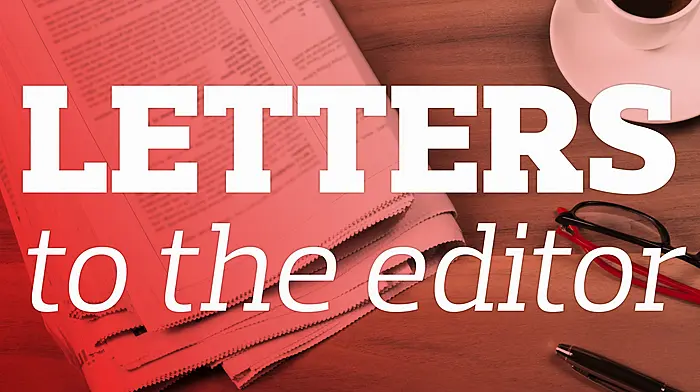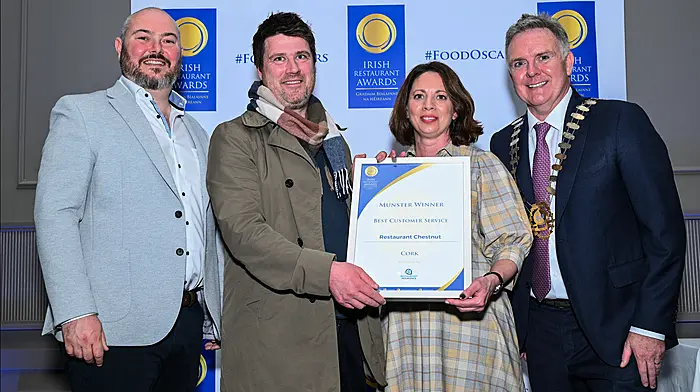THE Irish Tourism Industry Confederation (ITIC) this week revealed that approximately €5.3bn was spent by international visitors while visiting Ireland in 2023, with 254,000 people working in the sector, making it the country’s largest indigenous industry and biggest regional employer.
Looking ahead, the ITIC is forecasting that Irish tourism can achieve 5% revenue growth in 2024, with the North American market offering the best prospects.
But there are challenges ahead – including the shortage of hotel bedrooms, and also the high cost of living in Ireland, which will affect all aspects of tourism.
Ireland is fast becoming a ‘high end’ destination – only available to the tourist with a large amount of disposable income. And if we cannot reduce prices, then we must market ourselves as such.
Tourists are well aware that when they visit most Scandinavian countries, they are not going to get very far on a tight budget – but they know this in advance.
For many years Ireland was able to compete with many European countries, offering good value in food and hotels. But the combination of our own success and a rise in the cost of living has meant we are now struggling against many of our former competitors in the value-for-money stakes.
The real damage will be done if we allow visitors to come here expecting their money to stretch as far as it might on mainland Europe.
Fore-warned is fore-armed, as the saying goes, and so our best strategy would be to re-position ourselves and let the buyer know how far their budget may – or may not – go when they arrive on the Emerald Isle.










